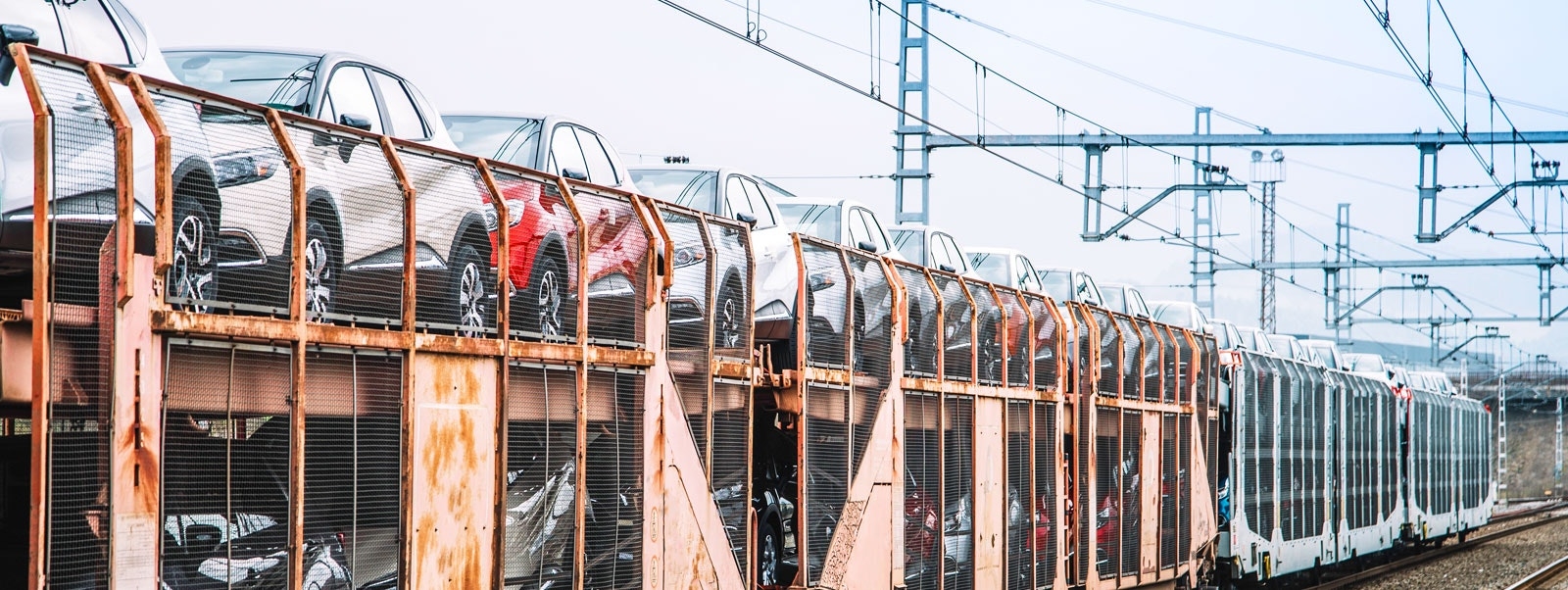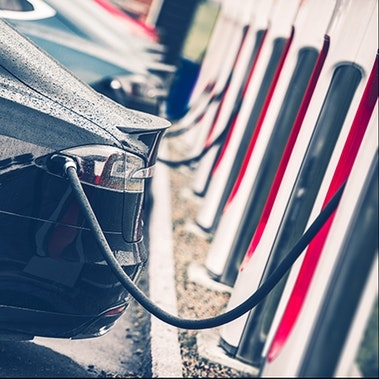By Jason Kuehn and Joern Buss
Despite the massive transformation in automobiles about to take place—from the proliferation of electric vehicles to the advent of fully autonomous ones—one thing that hasn’t changed in the past century is the way most new cars are sold. In North America, cars are shipped from the manufacturer to franchised dealerships, where they sit in stock until sold. Inventory that sits around waiting for a buyer isn’t just taking up room, it’s also soaking up money.
Typical inventories are 60 to 90 days of vehicles with a value of $60 billion to $93 billion, depending on the mix of models and whether they are assessed at their cost to the manufacturer or the market value. Just the carrying cost of this inventory, even at current low interest rates, is $3 billion to $5 billion, not to mention the one-time cost of the inventory and all the real estate needed to store it. The system is an inefficient hangover from pre-digital days.
Thanks to the increasing digitization of the supply chain and the adoption of new distribution and logistics practices, these costs could be reduced by a third, saving $60 to $90 per vehicle, or as much as $1 billion to $1.5 billion a year. Much of the technology and tools to do this already exist—and more are on the way. Just look at the success of Tesla’s approach to sales and distribution: Selling cars online without even a test drive speaks volumes about the potential for a faster, less inventory-intensive process.
The carrying cost of this inventory, even at current low interest rates, is $3 billion to $5 billion
Car buying reimagined
Many consumer industries are changing because of customer demands for greater transparency and fewer hassles, and many would agree that car buying is ripe for reform. According to the 2019 Cox Automotive survey, around a third of car buyers dislike dealership negotiations and paperwork processes, and 58 percent resent the time they must spend at the dealership.
This has led to a surge in online car shopping. Rather than deal with dealerships, buyers are spending 61 percent of their time online to narrow down the vehicle type and options they want, determine pricing, and even purchase cars outright, the Cox survey shows.
Moving a large chunk of car buying online helps lock in today’s tech-savvy customers with price transparency, online customization and financing, and standardized delivery dates. Costco’s Auto Program, which offers discounts and streamlines the purchase process for new and pre-owned cars, has seen sales rise from 400,000 vehicles in 2014 to an estimated 650,000 in 2018. Online-only companies such as Carvana and NowCar let customers skip the dealership and offer no-haggle pricing for used cars. Even some new-car dealerships are testing the waters of online purchasing.
Vehicle Supply Chain Reimagined
Source: Oliver Wyman Analysis
Digitizing distribution
Just as going online is making car shopping less painful, digitization and the internet could also make the distribution and delivery of cars a faster, less clunky process. Car inventory on dealer lots is kept high partly because of the perceived cost of “stock out”—one dealership losing a sale to another because it doesn’t have the buyer’s desired vehicle in stock. If dealers could get cars with the right options quicker, it would lessen their need to maintain so much inventory. ![]() Predictive analytics and advanced algorithms that anticipate option preferences can make that process smarter and faster.
Predictive analytics and advanced algorithms that anticipate option preferences can make that process smarter and faster.
The finished-vehicle supply chain doesn’t have to be so costly and dealer lots so vast. As Tesla has shown, the car lot of the future might feel more like an Apple store, where customers can touch, “test drive,” and get their questions answered while a limited inventory is kept on hand.
Rather than deal with dealerships, buyers are spending 61 percent of their time online to narrow down choices
Centralizing the process
Distribution could become more centralized. For example, manufacturers could pre-distribute cars close to urban areas—creating automobile “fulfillment centers” not unlike those used by Amazon and other retail giants to get inventory to customers quickly. Using rail terminals as inventory staging points could help get this change off to a fast start, given that up to 60 percent of all finished vehicles are shipped by rail on their way to dealerships.
Just as Amazon seeks to optimize its footprint to minimize inventory costs, analytics could determine how many distribution sites are needed and where they should be located to reduce inventory and supply chain cost, delivery time to customers, and situations of dealers not having the stock to meet customer needs. Predictive forecast models can be developed using market size, brand sales, transportation costs and time, and the perceived cost of lost sales because vehicles are out of stock.
With these centers in place, manufacturers could either keep using the dealership network or not, depending on state laws. As customers visit dealerships—or buy online—cars could be pulled from fulfillment center inventory, cleaned up, additional options installed, and delivered direct to customers within a short window. This might eliminate as much as 30 days of inventory from the supply chain and one million automobiles from inventory in the US alone.
In the US, the used car market is already moving toward this model. Carvana, for example, has built regional “reconditioning centers” that inspect, certify, and store cars until purchased.
More disruptors
Eventually, the arrival of autonomous vehicles may also speed up the distribution system. Autonomous cars would have the capability of driving directly from the railyard to a customer’s garage. They would likely be able to load and unload themselves from railcars with flat decks, making for a faster, less labor-intensive process. Hauling vehicles by truck, in comparison, is more difficult to automate, as each vehicle needs to be individually positioned on a hydraulic rack.
Another change coming to car sales is a possible transition from a marketplace dominated by individuals buying vehicles to one focused on fleet sales. It would be a byproduct of the success of ride-hailing and other business models that provide convenient access to cars without ownership. In such a market, the current finished-vehicle supply chain would morph from B2C to B2B and further support a centralized inventory model.
In the meantime, defining sought-after options through advanced algorithms, staging new car inventory more efficiently, and using online tools for car purchasing—from negotiating the price and specifying options to completing the paperwork—could improve service while slashing inventory costs and eliminating as many as one million automobiles from US inventories.








